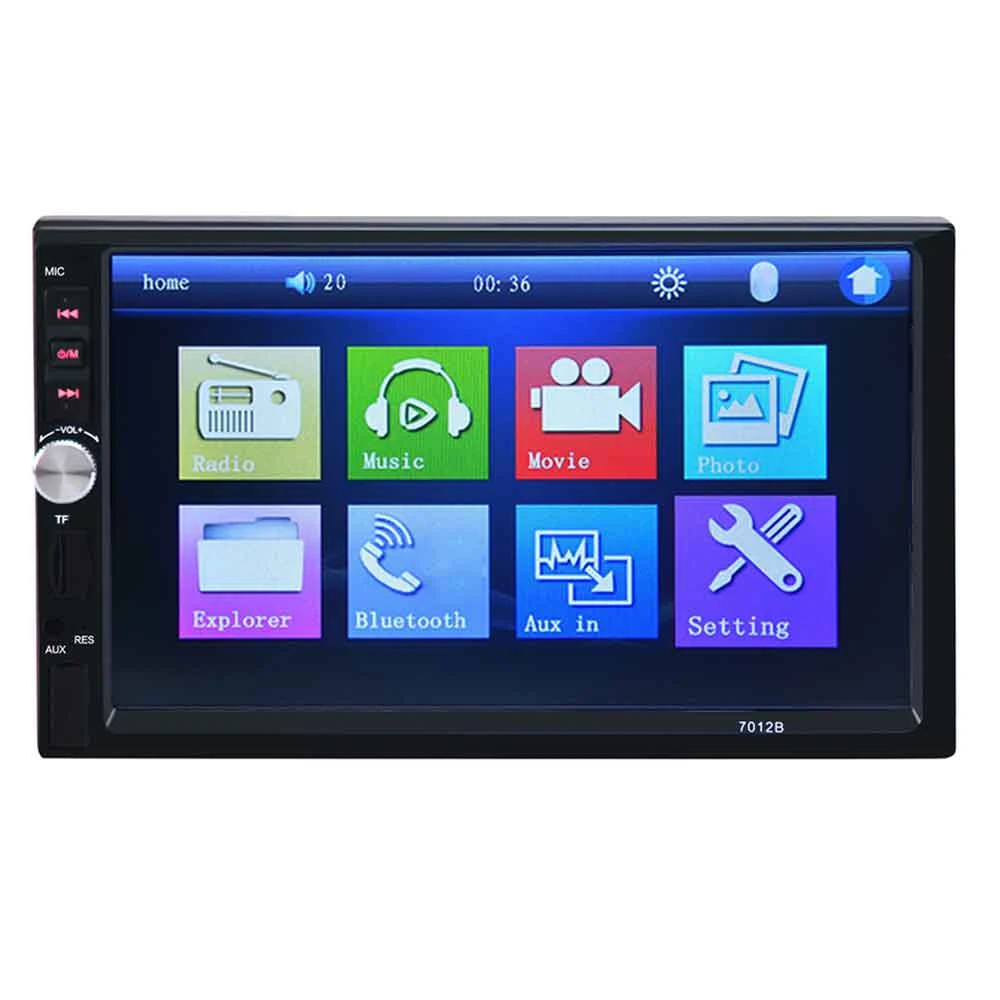

Change ports if the monitor and graphics card have different ports.Connect a different video cable to discard a problem with the cable.

Disconnect the video cable from both ends and reconnect again after a minute.
 Locate the display controls and switch to the correct input port.
Locate the display controls and switch to the correct input port.  Confirm the signal cable connection between the computer and monitor. Power off the computer and restart to refresh the connection. Check that the monitor is plugged into a power source. Even if you have multiple connected monitors. Whether it’s for troubleshooting or another reason, information details about your monitor can be found easier. Or, perhaps you want to configure a dual-monitor setup for easier multitasking. Perhaps you need to find the proper drivers for your laptop monitor, so it works with a projector. For example, maybe you need help getting it to work with your computer’s display adapter. There are many different reasons why you would need to access the advanced display settings. Or troubleshooting that needs to be done. That opens the graphics card properties for additional info for maintenance. Information includes the manufacturer, model number, resolution, the model of graphics card it’s connected to, refresh rate, and a lot more.įrom here, you can also click the “Display adapter properties” link. The next screen that appears will list off a ton of details about your monitor(s). To find the details about your monitor, head to Settings > System > Display, scroll down, and click the “Advanced Display Settings” link. But just like with finding your PC’s local drive or RAM details, Windows 10 makes finding the make or model and other specific details about the display a fairly painless process. Unless you have the original manual or know the secret buttons to push to cycle through the display’s menu setting, it can be a pain to find the advanced details you need.
Confirm the signal cable connection between the computer and monitor. Power off the computer and restart to refresh the connection. Check that the monitor is plugged into a power source. Even if you have multiple connected monitors. Whether it’s for troubleshooting or another reason, information details about your monitor can be found easier. Or, perhaps you want to configure a dual-monitor setup for easier multitasking. Perhaps you need to find the proper drivers for your laptop monitor, so it works with a projector. For example, maybe you need help getting it to work with your computer’s display adapter. There are many different reasons why you would need to access the advanced display settings. Or troubleshooting that needs to be done. That opens the graphics card properties for additional info for maintenance. Information includes the manufacturer, model number, resolution, the model of graphics card it’s connected to, refresh rate, and a lot more.įrom here, you can also click the “Display adapter properties” link. The next screen that appears will list off a ton of details about your monitor(s). To find the details about your monitor, head to Settings > System > Display, scroll down, and click the “Advanced Display Settings” link. But just like with finding your PC’s local drive or RAM details, Windows 10 makes finding the make or model and other specific details about the display a fairly painless process. Unless you have the original manual or know the secret buttons to push to cycle through the display’s menu setting, it can be a pain to find the advanced details you need.












